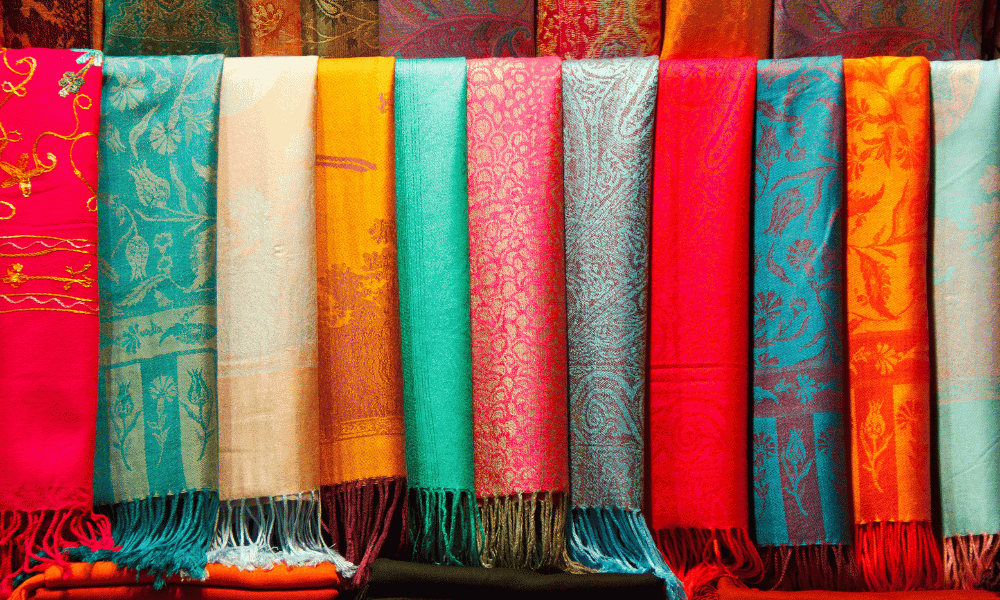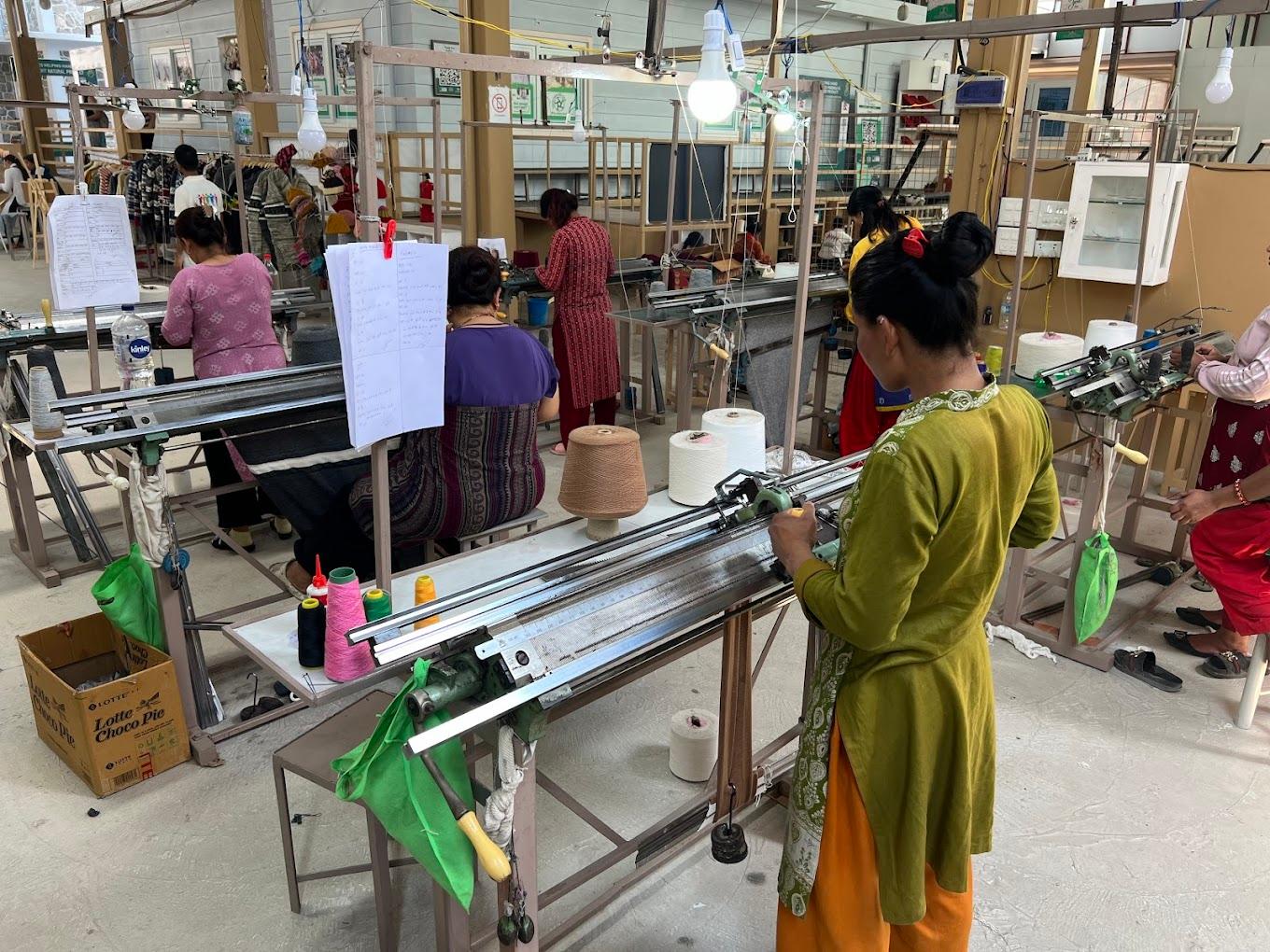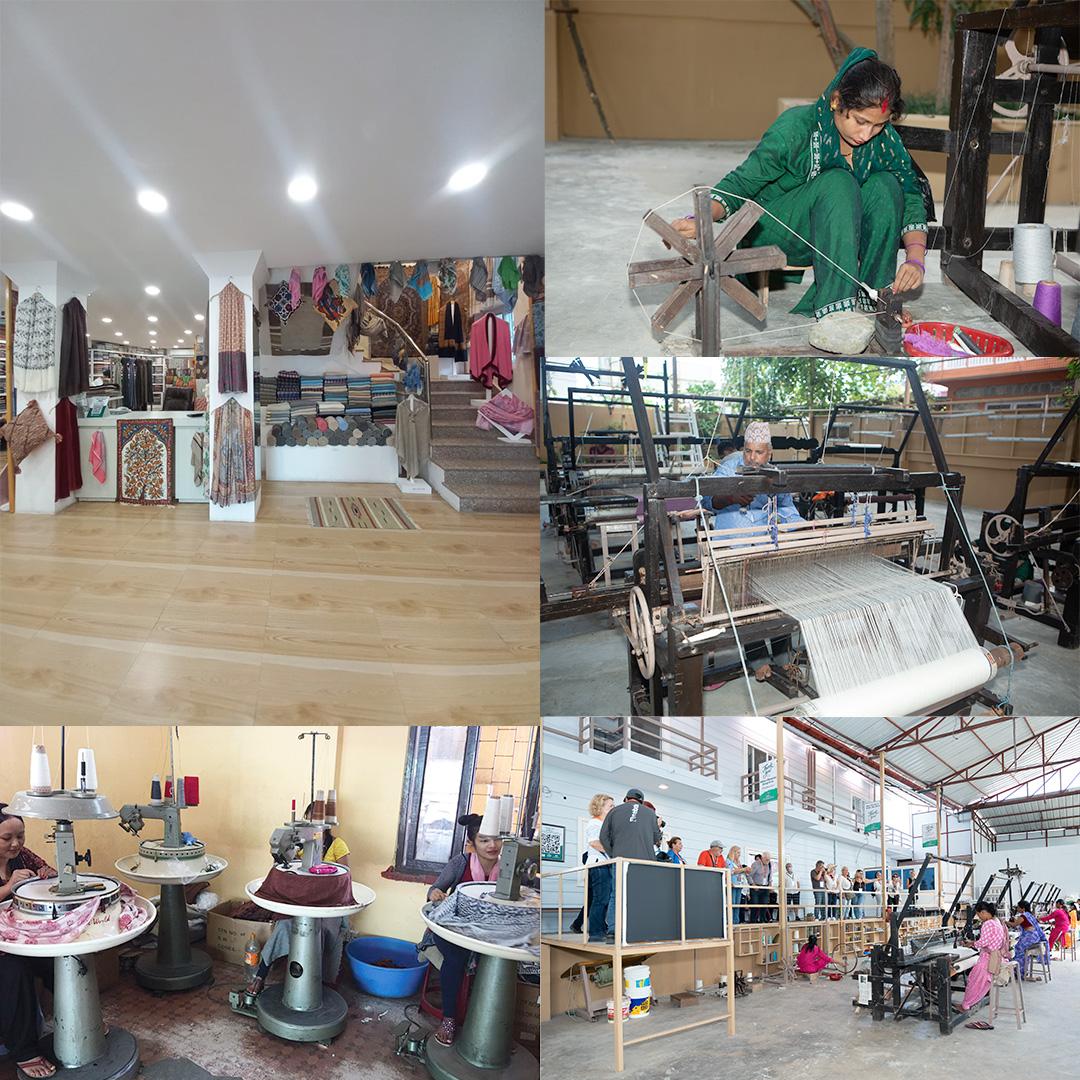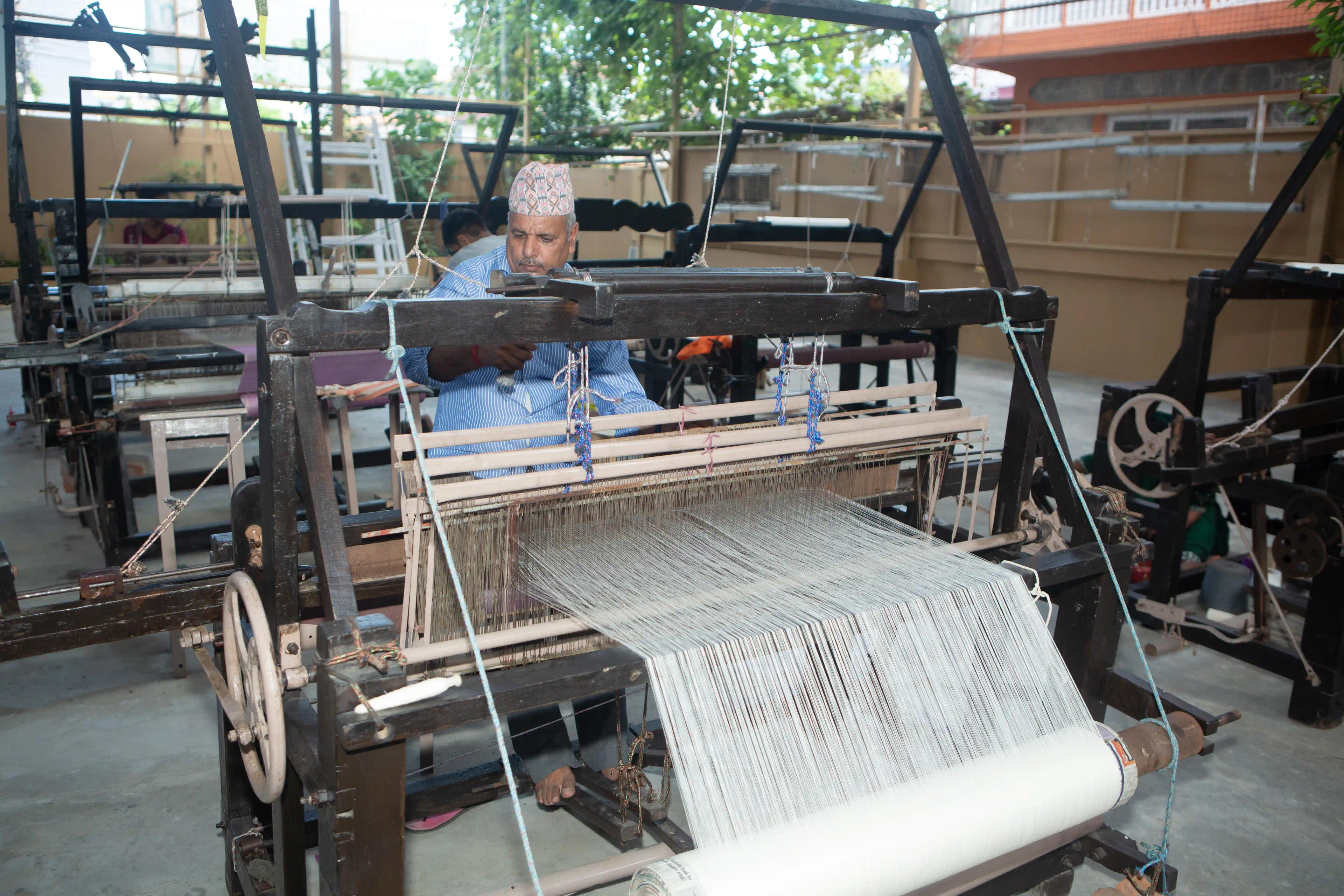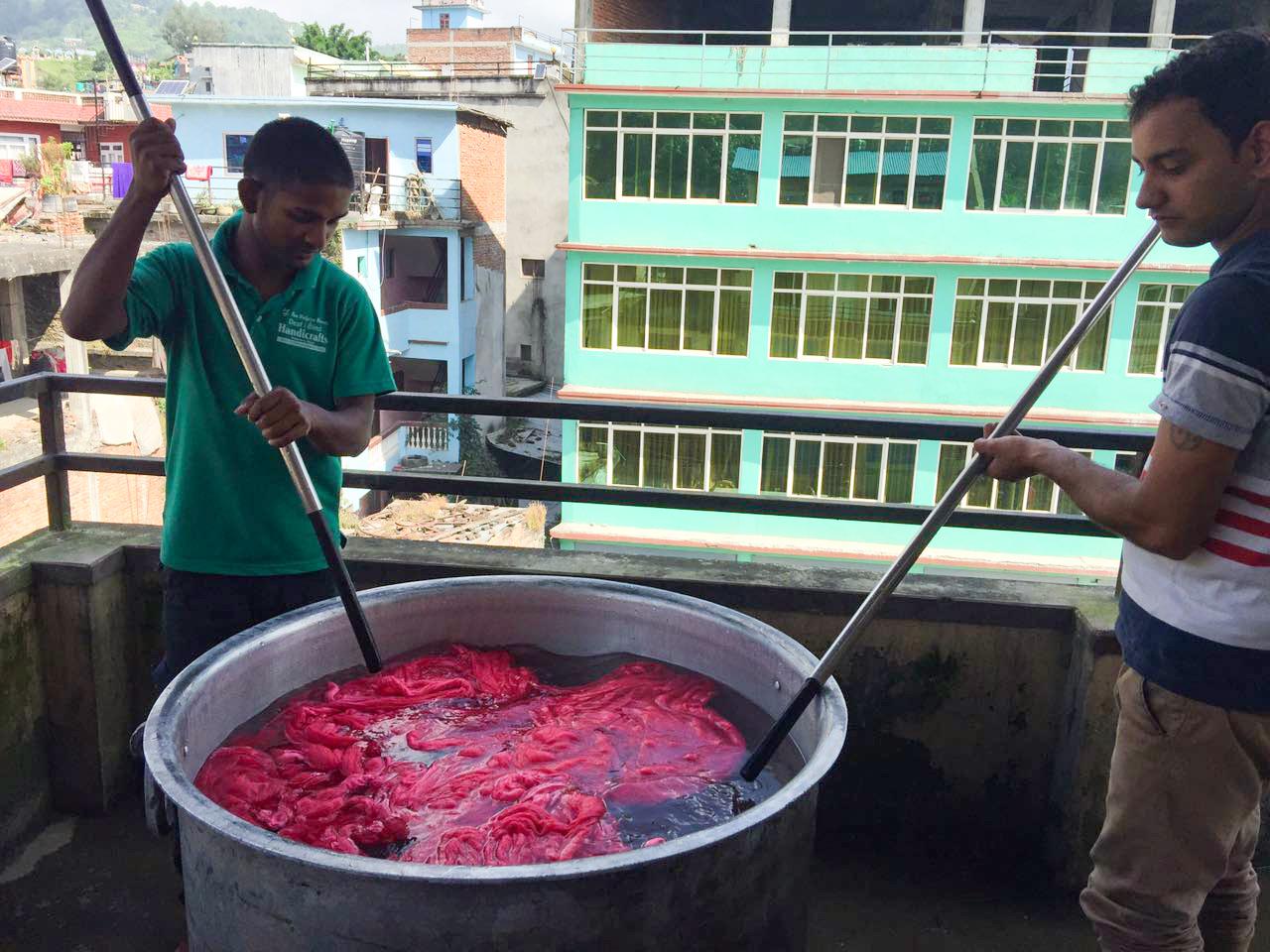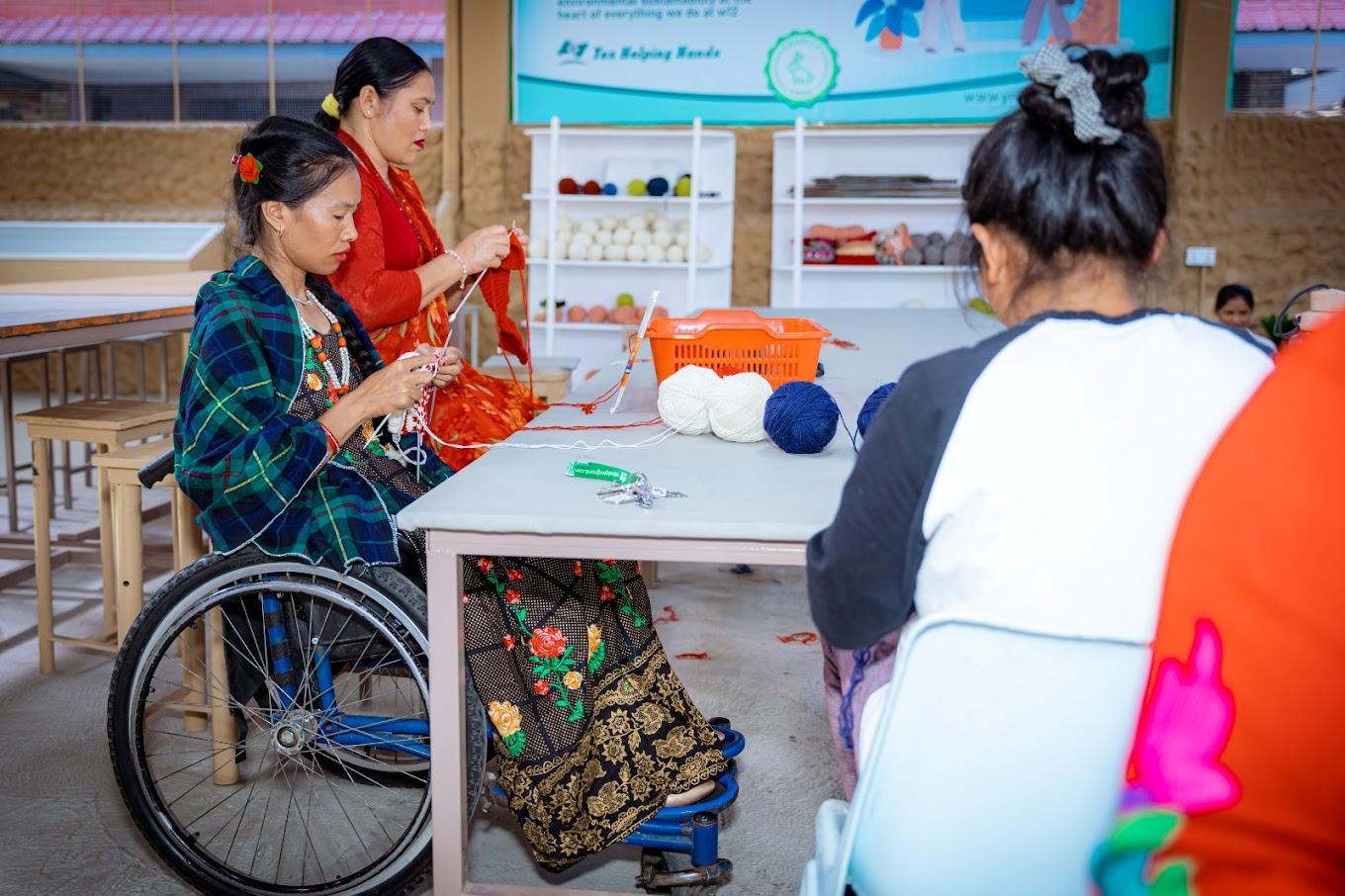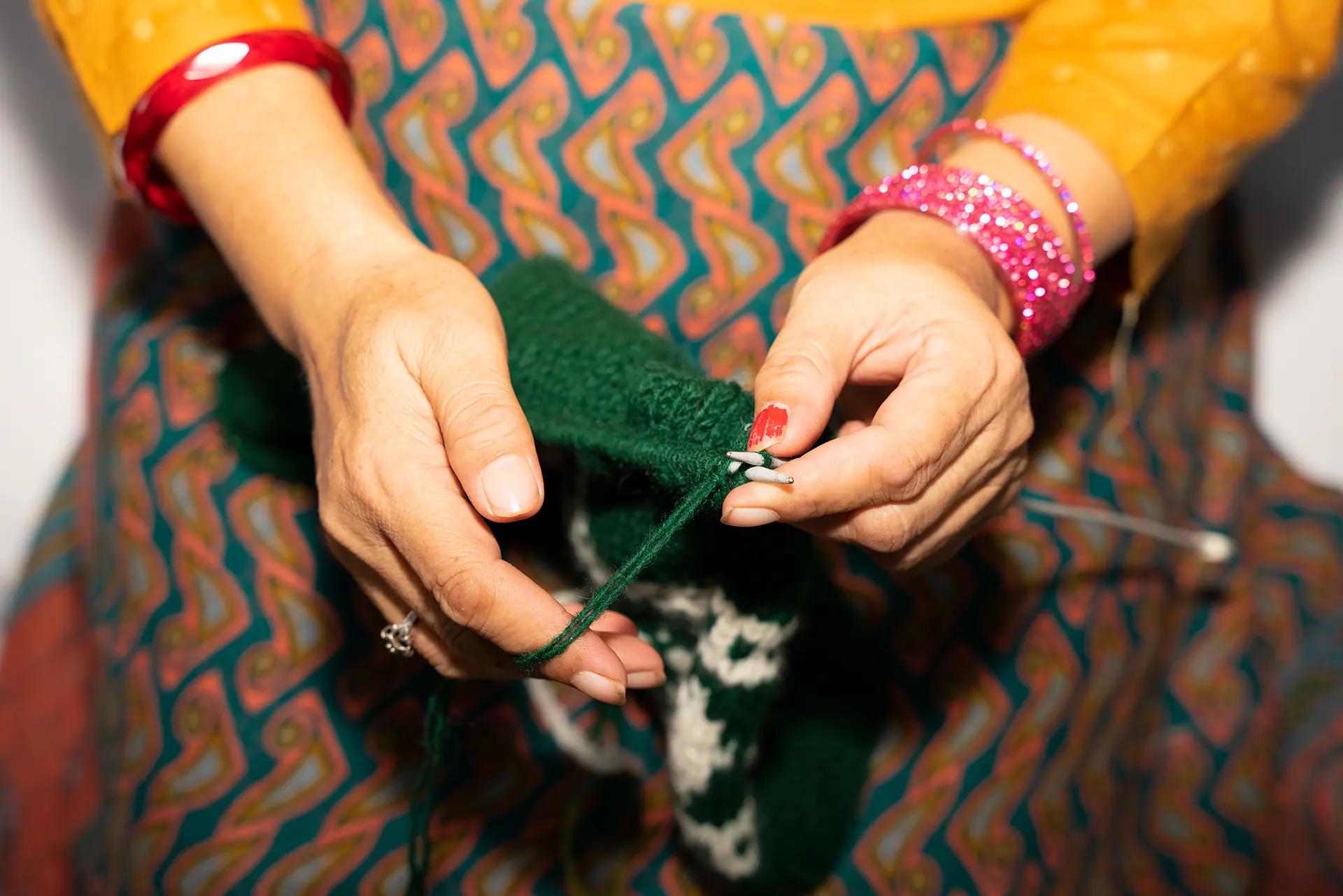
Origin and Properties of Cashmere - A Luxurious Fiber(Wool)
Already know the basics about Cashmere Wool? Invest better in Cashmere with our buying guide to make a better investment.
What is Cashmere Wool?
Cashmere wool is a natural fiber obtained from the soft undercoat of Himalayan goats, which are specifically called "chyangra" in Nepal. This high-quality fiber is harvested from the neck and belly areas of these mountain goats, making it one of the most desired materials for luxury clothing and accessories around the world.
What makes Cashmere Special?
Unlike regular sheep wool, cashmere fiber measures only 13-19 microns in diameter - nearly half the thickness of traditional wool at 30 microns. This ultra-fine structure gives cashmere its signature softness, warmth, and lightweight properties that have made it a symbol of luxury for centuries.
Quick Cashmere vs Regular Wool Comparison:
| Property | Cashmere | Regular Sheep Wool |
| Fiber Diameter | 13-19 microns | 30 microns |
| Warmth factor | 8x warmer | Standard |
| Weight | Ultra-lightweight | Heavy |
| Annual Yield Per Animal | 200-250 grams | 2-8 kg |
| Source Altitude | 3,000+ meters | Sea level to mountains |
In this blog, we will be discussing the following cashmere wool-related questions :
1.Origin of Cashmere Wool
2.Properties of Cashmere Wool
3.Cashmere Sourcing
Origin of cashmere wool:
Beginnings in High Altitudes - Starting of Cashmere
The origin of cashmere wool dates back thousands of years to the harsh, cold regions of the Himalayas.
Where does cashmere wool come from?
It originates from specialized goats living in extreme mountain environments across Nepal, Mongolia, Kashmir, and parts of China.
Cashmere is obtained from Chyangra goats (Himalayan goats) that have evolved to survive in brutal mountain conditions. The cold climate forced these animals to develop an incredibly fine, insulating undercoat - which we now call cashmere.
Nepal - Home to the World's Finest Cashmere
Nepal's cashmere industry represents a remarkable story of quality and tradition. With 131,000-131,695 Chyangra goats across 15 high-altitude districts, Nepal produces what 2022 research confirmed as "among the world's finest cashmere goats." These goats must be raised above 3,000 meters (approximately 10,000 feet), where extreme conditions create superior fiber quality, averaging 15.36 microns in diameter and 45.97mm in length, which also varies the price of cashmere.
Organizations like Yes Helping Hand demonstrate how ethical cashmere production can empower marginalized communities while creating world-class products. Their work with specially-abled individuals and single mothers shows how the cashmere industry can drive positive social change while maintaining Nepal's reputation for premium quality.
Historical Journey of Current Global Luxury Fiber
Cashmere history shows a fascinating evolution from a survival necessity to a luxury symbol. Commercial cashmere production began in the 13th century with cashmere shawls as the first known products in global fashion. The Mughal Empire, particularly Emperor Akbar, played a crucial role in expanding cashmere's popularity.
European recognition exploded in the 18th century when traders discovered cashmere's exceptional warmth properties. Napoleon Bonaparte famously gifted cashmere shawls to Josephine, introducing the French aristocracy to this luxury fiber.
Today's global cashmere market reached $3.48-5.5 billion in 2024, with projections of $4.86-9.1 billion by 2032.
Properties of Cashmere Wool: What Makes It Extraordinary
Let’s learn about each of the unique properties of cashmere wool and fibers.
⇒ Unmatched Softness:
Cashmere fiber properties include incredible softness due to its fine diameter. At 14-19 microns, cashmere feels dramatically softer than regular wool's 30-micron thickness. This cashmere fiber characteristic makes it gentle against sensitive skin.
⇒ Superior Warmth and Insulation:
Cashmere wool properties include exceptional thermal performance - 8 times warmer than regular sheep wool while remaining lightweight. Insulating properties work through fine fibers trapping more air, with thermal ranking: Camel wool > Sheep wool > Cashmere > Polyester.
⇒ Lightweight & Luxury:
What makes cashmere special is its ability to provide maximum warmth with minimum weight. A cashmere sweater offers superior insulation without the bulk of traditional wool garments.
⇒ Breathability:
Cashmere fabric properties include excellent air circulation, preventing overheating while maintaining comfortable body temperature in various weather conditions.
⇒ Moisture Management:
Properties of cashmere include natural moisture absorption and wicking capabilities, keeping skin dry and comfortable during wear.
⇒ Elasticity and Shape Retention:
Cashmere characteristics feature 25.63-31.42% elastic recovery, allowing garments to maintain their shape and drape beautifully over time.
⇒ Exceptional Durability:
When properly cared for, cashmere fiber properties include remarkable longevity. Quality cashmere products can last decades while maintaining their softness and appearance.
Nepal's Cashmere Excellence
Recent scientific studies on Nepal's cashmere reveal impressive specifications from a 2022 Mustang District Study of 34 Chyangra goats:
→ Average fiber diameter: 14.36±0.19 microns
→ Average fiber length: 45.97±0.14 mm
→Quality assessment: Among the world's finest cashmere goats
Nepal maintains strict quality standards with a maximum 17 micron diameter for the Chyangra Pashmina trademark, minimum 97% cashmere fiber content, and trademark protection registered in 47 countries, including the EU, USA, Canada, and Japan.
Cashmere Sourcing
How is Cashmere Made?
How is cashmere made? The process involves hand-combing, sorting, and cleaning of the collected fibers, which takes approximately 15 days to produce one shawl. Fiber from 3 goats is needed for one complete pashmina shawl.
Complete Guide to Nature's Most Luxurious Fiber - Cashmere Wool
Cashmere fabric is widely used in luxury fashion, including cashmere cardigans and sweaters, pashmina shawls and scarves, as well as cashmere blankets. Beyond clothing, cashmere uses extend to premium bedding, decorative throws, and luxury cushions.
Check our Collection of Cashmere clothing:
Cashmere Quality - What to Look For?
When evaluating pure cashmere wool, consider fiber diameter of 13.5-17 microns for premium quality, minimum 40mm length for durability, and 100% cashmere labels from high-altitude sources. Cashmere fabric characteristics of premium products include smooth, soft hand feel, natural elasticity, even texture, and appropriate weight for warmth.
Ethical Production & Sustainable Cashmere
Sustainable cashmere supports fair trade practice, ensuring goat herders receive fair compensation, animal welfare through traditional hand-combing methods, environmental protection via carbon-neutral production, and community development in remote mountain regions.
Nepal's cashmere industry employs over 25,000 people directly, with a current export value of $27 million annually and targets of $75 million by 2026, making it the country's third-largest export industry after tourism and carpets.
Cashmere vs Other Fibers: Making the Right Choice
Compared to regular wool, cashmere provides significantly superior softness due to finer fibers, 8x more warmth per weight, and commands premium pricing while both offer durability when properly cared for.
Which is warmer: cashmere or pashmina?
Pashmina is a type of cashmere from specific Himalayan regions. The terms are often used interchangeably, though pashmina typically refers to the finest grade of cashmere products.
Caring for Your Cashmere: Quick Do's and Don'ts:
| ✅ DO's | ❌ DON'Ts |
| Hand wash in cool water with mild detergent | Don't use bleach or harsh chemicals |
| Lay flat to dry on a clean towel | Avoid direct heat when drying |
| Fold garments when storing | Don't hang cashmere garments |
| Use cedar blocks for natural moth protection | Never wring or twist wet cashmere |
| Professional clean for valuable pieces | Never machine dry on high heat |
Why Cashmere Remains Unmatched:
Cashmere wool represents the perfect combination of luxury, functionality, and heritage. From its origins in the harsh Himalayan mountains to modern sustainable fashion, cashmere continues to set the standard for premium natural fibers.
What makes cashmere special isn't just its incredible softness or warmth - it's the centuries of tradition, the skilled artisans who create each piece, and the sustainable practices that ensure this luxury remains available for future generations.
Even if you're choosing your first cashmere piece or adding to an existing collection, understanding these cashmere properties and origins helps you appreciate the remarkable journey from mountain goat to luxury garment.
Ready to experience authentic Himalayan cashmere?
Explore our collection of ethically sourced, handcrafted cashmere products and join thousands who've discovered why Nepal produces the world's finest cashmere wool.
